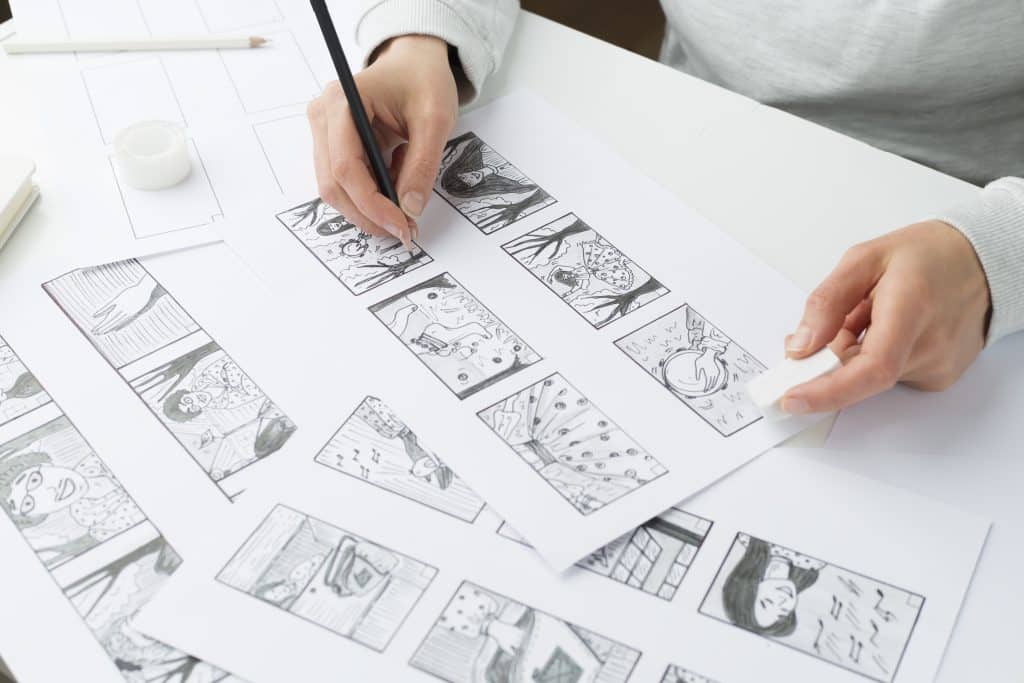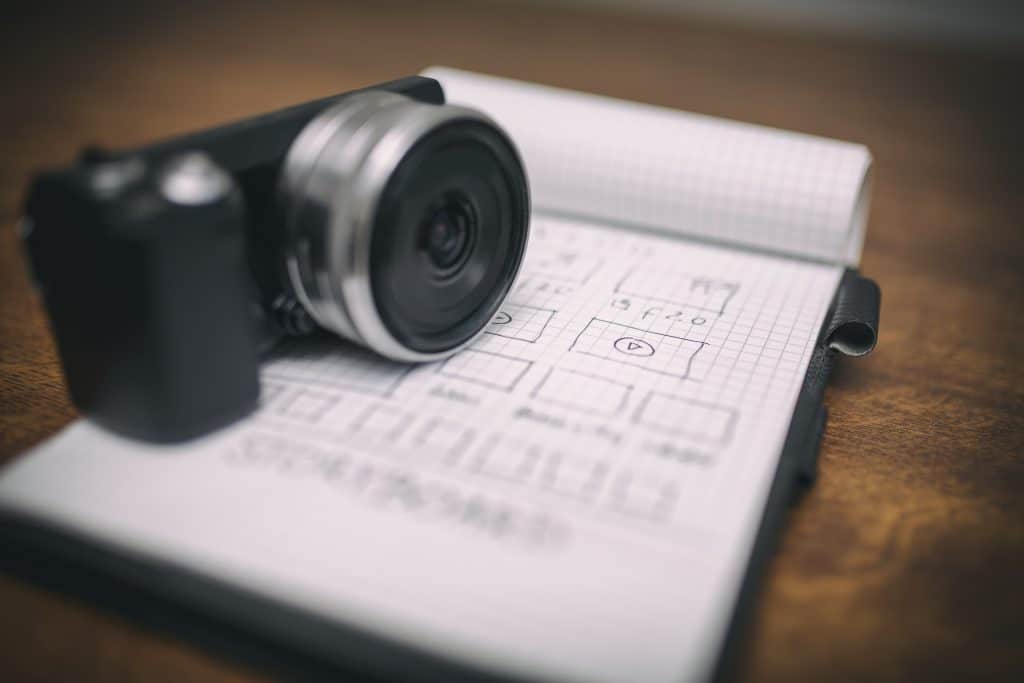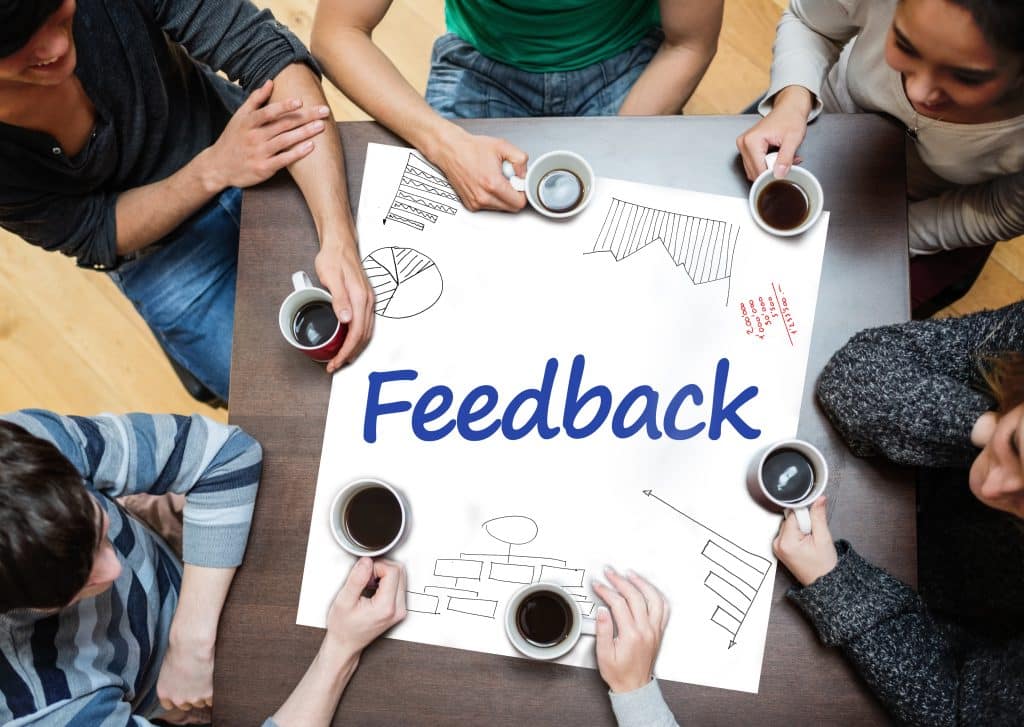Planning to add storyboarding to your pre-production process? You’re in the right place. But before embarking on any creative endeavor, understanding the core elements is essential. We can’t do something without knowing what is what or which is which. So now, let’s decode the secrets of storyboarding, breaking down each component, leaving no stone unturned. In this article, we will explore the significance of every element and how to execute them efficiently, guiding you toward crafting the perfect storyboard for your next video production.
First things first,
What is a Storyboard?

A storyboard is a powerful tool for visual storytelling. It’s a visual representation of a narrative or concept, consisting of a sequence of illustrated panels that guide you through the flow of a story or the progression of ideas. By using storyboards, you can efficiently craft compelling stories and visually communicate complex concepts, making the creative process smoother and more engaging.
Why do you need to use a storyboard? Because it has a lot of advantages. Check the list here:
Advantages of Storyboarding
- Efficient planning and visualization of narratives: Storyboarding allows for organized preparation, mapping out the storyline, and visually envisioning the entire narrative flow.
- Time and resource-saving in production: By providing a clear roadmap, storyboards streamline the production process, reducing guesswork and potential revisions.
- Facilitating effective communication among creative teams: Storyboards serve as a visual language, resulting in clear and concise communication among team members, and ensuring everyone is on the same page throughout the project.
- Enhancing creativity and collaboration: Storyboarding encourages creative brainstorming and collaborative input, leading to innovative ideas and a cohesive vision.
- Minimizing production risks: With a well-structured storyboard, potential issues can be identified and addressed early on, minimizing production risks and ensuring a smoother execution of the final project.
What is this made of? Let’s find out.
Key Elements of a Storyboard
- Panel Layout and Structure
These are rectangular frames that serve as the visual framework to arrange the sequence of moments that shape the narrative, ensuring a smooth flow of the story.
- Title and Description
Titles and descriptions for each panel provide important information to guide viewers through the unfolding story, enhancing comprehension and engagement.
- Visual Elements
Visual elements in storyboarding consist of illustrations, images, and multimedia, creating a captivating and immersive narrative experience for the audience. These elements bring characters, scenes, and emotions to life.
- Text Elements
Text elements include well-crafted dialogues, narration, and instructions that reveal character personalities, set the scene, and provide technical guidance, allowing the creative vision to be effectively translated into captivating visual stories.
Panels are one of the key elements of storyboards. Why is it so important?
The Role of Panels in Storyboarding
- Dividing the narrative
Panels serve as a strategic tool for breaking down the narrative into digestible parts, ensuring a clear and organized storytelling approach.
- Visualizing scenes, actions, and emotions
Each panel brings the story to life by visually depicting scenes, actions, and the emotions of characters, fostering a deeper connection with the audience.
- Controlling pacing
The arrangement of panels plays a crucial role in controlling the flow of the story, setting the pacing, and creating a rhythm that captivates viewers, enhancing the overall storytelling experience.
Key elements and the role of panels in storyboarding are already ticked on your checklist. You’re almost there. But another thing you should keep in mind:
The Flow of Information
When it comes to storyboarding, one crucial thing to remember is to keep the information flowing smoothly. To do that, make sure the events in your story follow a logical order, and each panel plays a significant part in the overall tale. Imagine your panels like building blocks, fitting together to create a captivating and engaging narrative. By linking them seamlessly, your story will unfold naturally, capturing your audience’s attention. So, take your time arranging the content to maintain a clear and coherent flow — it’s like having a powerful tool in your hands, ready to deliver an immersive and visually exciting storytelling experience for your viewers.
Ready to start? Here’s how:
The Storyboard Creation Process
- Collaborative Approach with Writers, Artists, and Directors:
Involve key stakeholders, including writers, artists, and directors, from the beginning. Collaborate to brainstorm ideas, outline the narrative, and define the visual direction for the storyboard.

- Iterative Process and Revisions for Continuous Improvement:
Begin with an initial draft of the storyboard, understanding that it’s a work in progress. Review the draft as a team, gather feedback, and make necessary revisions to enhance the storyline and visual elements.

- Feedback and Evaluation for Refining the Storyboard:
Share the revised storyboard with relevant stakeholders for constructive feedback. Take their inputs into account and use them to further refine the storyboard, ensuring clarity and coherence in the storytelling.

- Fine-Tuning Visuals and Narration:
Pay attention to the details and refine the visuals, ensuring they effectively convey emotions, actions, and scenes. Fine-tune dialogues and narration to complement the visuals and maintain a seamless narrative flow.

- Final Approval and Distribution:
After multiple iterations and improvements, obtain final approval from the creative team. Once the storyboard is complete, distribute it to all team members involved in the production process. This is to ensure everyone is aligned with the vision before moving forward with the project.

Storyboarding has traditionally been a time-consuming process. But what if I told you that there’s a way to make this all in one snap?
How to Streamline the Storyboarding Process
With the power of AI in this modern era, creating storyboards can now be accomplished in just a matter of seconds. AI storyboard generators can swiftly produce from concepts to scripts up to the initial sketches saving valuable time for creative teams to focus on refining and adding their unique touch to the narrative. Embracing AI technology in the storyboard creation process opens up new possibilities, revolutionizing the efficiency and speed at which captivating storyboards can be generated and enhancing the overall visual storytelling experience.
Moreover, here are a few bonus techniques and tips you should consider in creating storyboards:
Techniques for Creating Engaging Storyboards
- Utilize visuals to enhance comprehension and engagement: Make the most of illustrations, images, and multimedia to captivate viewers and help them understand the story better.
- Balance simplicity and complexity in panel designs: Strive for clear and effective visuals that convey the narrative without overwhelming the audience with unnecessary details.
- Incorporate interactive elements for viewer involvement: Keep the audience engaged by adding interactive features like quizzes or clickable elements, encouraging active participation in the storytelling process.
Final Thoughts
With the knowledge and some tips shared, you can start with your storyboards. Keep in mind the techniques and processes as well as the tools that will help you streamline your video production. You’ve now got the foundation, it’s yours to make that one step forward. Happy storyboarding!
Related articles:
